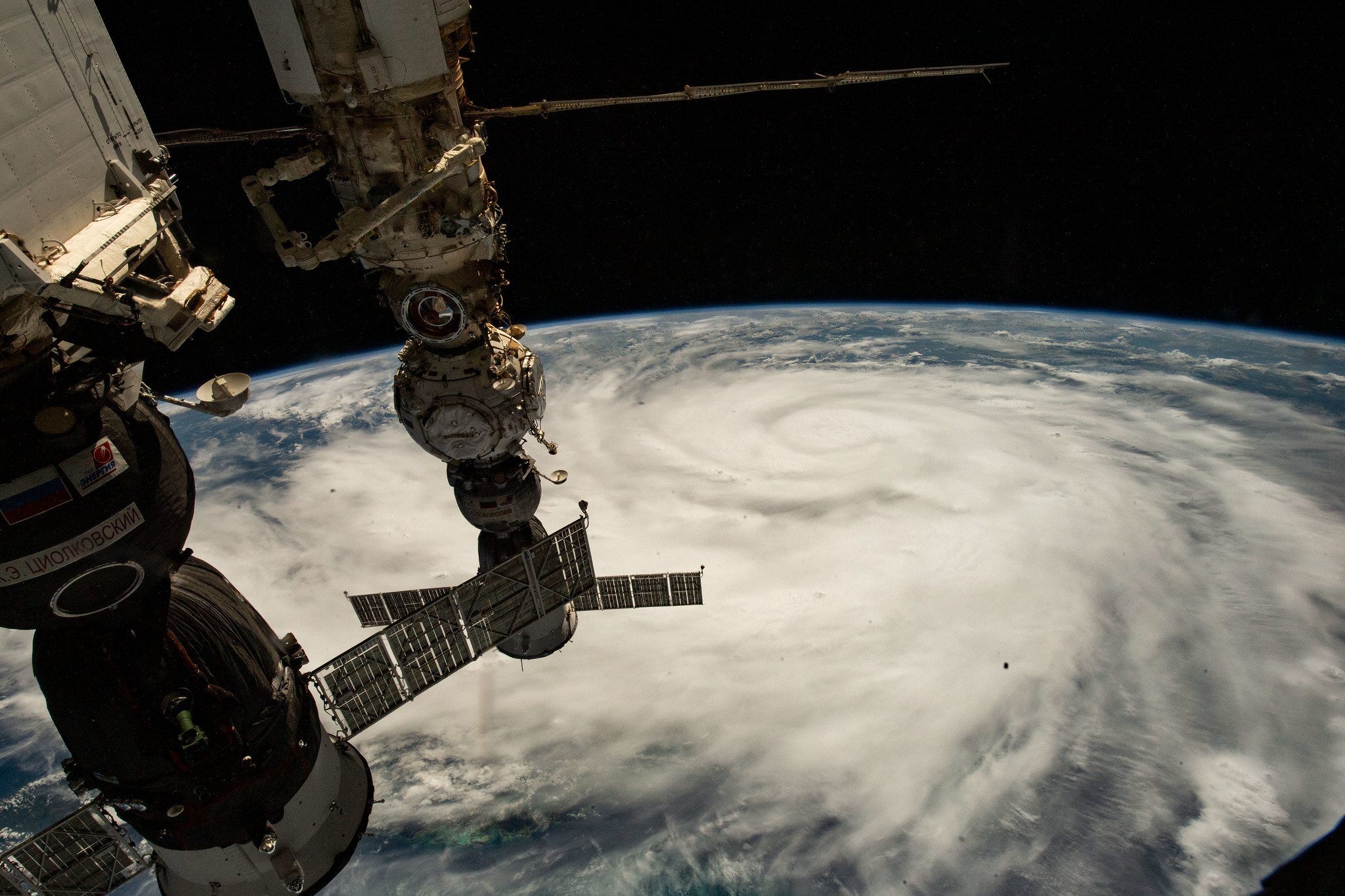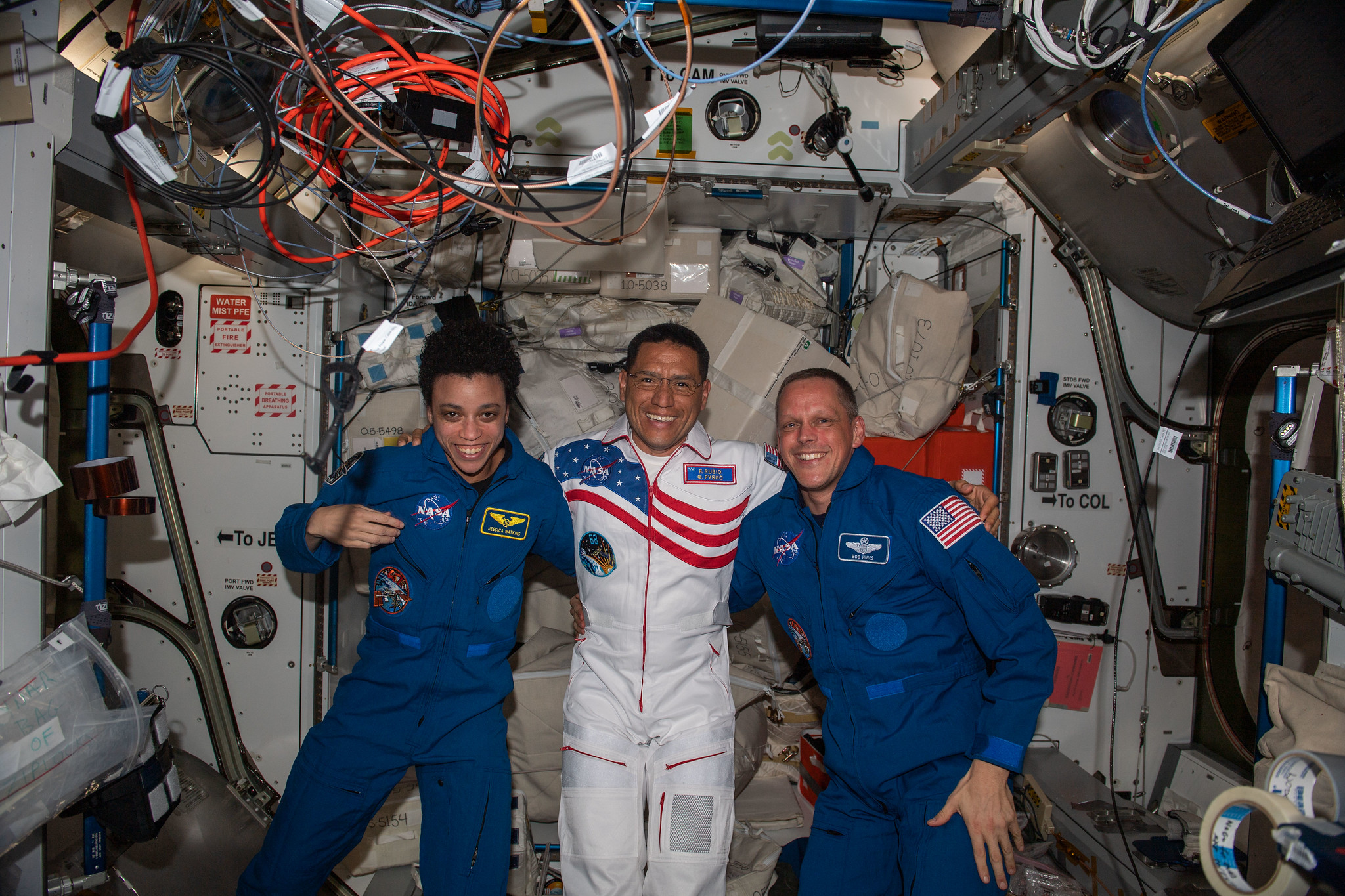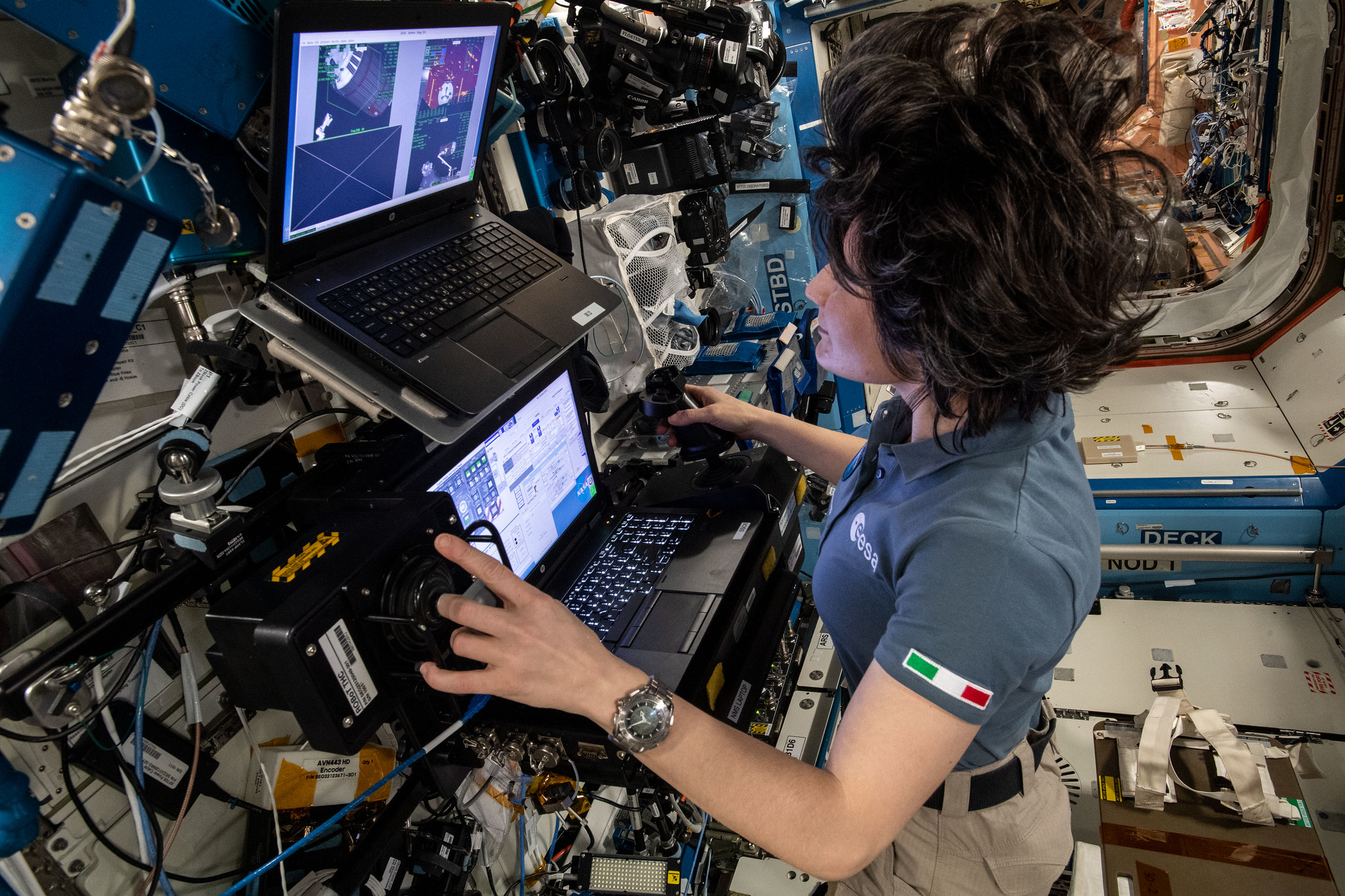
Crew members aboard the International Space Station conducted scientific investigations during the week of Sept. 26 that included analyzing vascular changes in astronauts, assessing bone and muscle loss in space, and improving the amount of potable water recovered from wastewater. NASA astronaut Frank Rubio and cosmonauts Sergey Prokopyev and Dmitri Petelin, who arrived at the station Sept. 21, experienced their first full week of conducting scientific investigations.

Here are details on some of the microgravity investigations currently taking place aboard the orbiting lab:
Analyzing Aging
Studies indicate that many crew members experience accelerated aging-like changes in space, including carotid artery stiffening and increased insulin resistance. Vascular Aging, an investigation from the Canadian Space Agency (CSA), uses wearable sensors, ultrasounds, and blood samples to analyze these changes, including identifying and detecting biomarkers that could provide early signs of them. Results could help assess the potential risks to the health of astronauts on future missions. The investigation also could support development of countermeasures and treatments for the effects of aging in people on Earth. During the week, crew members performed a breathing volume calibration and collected data using the garment and headband sensors.
Monitoring Body Mass
During spaceflight, bodily changes that astronauts can experience include loss of bone, muscle, and body mass. NutrISS, an investigation from ESA (European Space Agency), assesses changes in body composition and energy balance. Previous research suggests that a diet that maintains a near-neutral energy balance and an increased protein intake may limit the microgravity-induced loss of bone and muscle. Results from this investigation could provide additional insight and lead to ways to improve physical health and quality of life for astronauts as well as for malnourished, obese, or immobilized patients on Earth. During the week, crew members performed nutritional assessments for the investigation.
Water Recovery
An investigation from the Japan Aerospace Exploration Agency (JAXA), the JEM Water Recovery System (JWRS) generates potable water from wastewater. Wastewater on the space station currently is collected and stored or vented overboard, but long-term space missions could recover more of it to extend water supplies. Water recovery systems in space need to have high recovery rates, compact size, and low power consumption, and JWRS meets these requirements. Demonstration of its function contributes to ongoing development of the Environmental Control and Life Support System (ECLSS), intended to provide basic needs for astronauts on the space station and future space missions. This technology has the potential to improve access to potable water in remote and undeveloped locations on Earth as well. Crew members replaced a pump and flushed the system, the first in a series of activities to prepare for upcoming operations. Additional parts are scheduled to arrive on the NG-18 commercial resupply mission.
Other investigations involving the crew:
- Neural Integration System, a JAXA investigation, uses the nematode C. elegans to examine how microgravity affects the nervous system. Results could support development of countermeasures to protect crew members on future space missions and contribute to better health for Earth’s aging population.
- AMO-EXPRESS 2.5 tests software for automating some spacecraft maintenance and repair activities. On a mission to Mars, due to significant time delays in communications between space and ground, crew members must perform many tasks without assistance from mission control. This technology could help address that issue.
- XROOTS uses the Veggie facility to test hydroponic (liquid-based) and aeroponic (air-based) techniques to grow plants without soil or other traditional growth media, which could enable production of crops on a larger scale for future space exploration.
- Airborne Particulate Monitor (APM) demonstrates an instrument for measuring and quantifying the concentration of small and large particles in spacecraft air. The data could shed light on the sources of particles and help protect air quality in spacecraft to keep astronauts healthy and comfortable on future missions.
- UNIGLO tests the effects of microgravity on processing complex glasses. Results could lead to development of novel fibers with applications in planetary and space-based defense systems, cryptography networks, and space-based X-ray optics astronomy tools.
- ISS Ham Radio sessions engage students, teachers, parents, and other members of the community in direct communication with astronauts via ground-based amateur radio units. This experience helps inspire interest in science, technology, engineering, and math.
- Behavioral Core Measures collects a suite of measurements that quantify the abilities of crew members to complete telerobotic operations within the first 24 hours after landing. This information could help determine what tasks a crewmember can perform when landing on the surface of Mars after months in weightlessness, for example.

John Love, ISS Research Planning Integration Scientist
Expedition 67





























